SHOULD NICAEA HAVE HAPPENED?
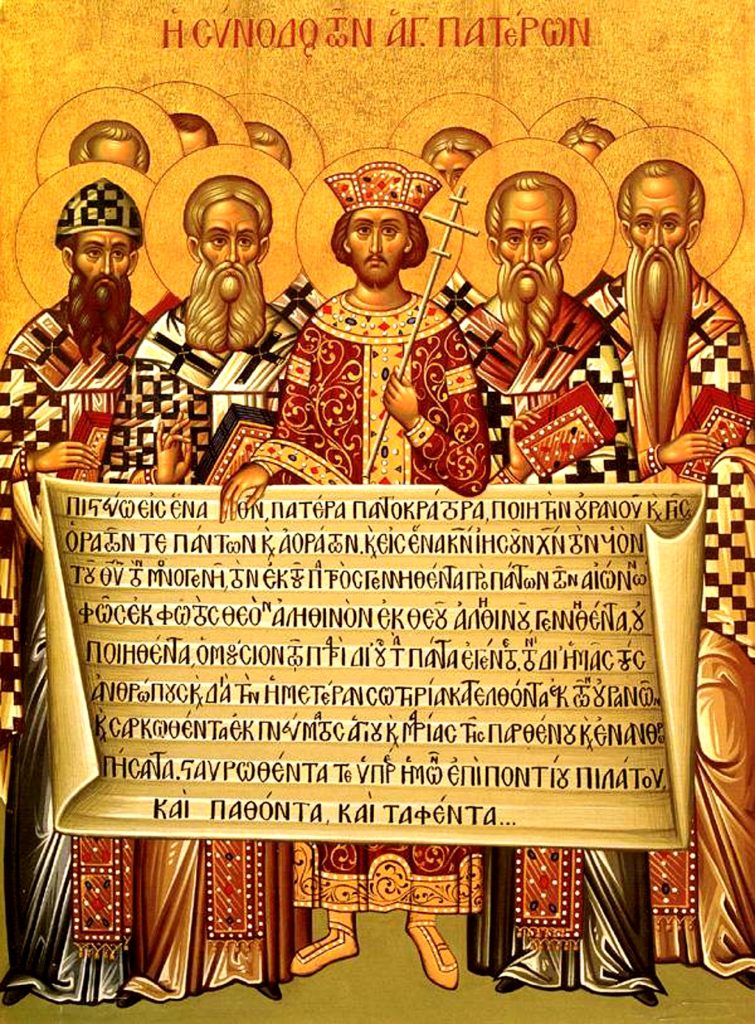
Summary
In 325 AD the Roman emperor Constantine summoned a General Council of 318 bishops to debate the nature of God, Father, Son and Spirit. What was determined we now repeat every Sunday in churches all over the world in the Nicene Creed.
In this article I argue that Nicaea was a mistake for three reasons:
1. It didn’t work and led to long-lasting divisions;
2. it created Christendom, the problematic alliance of Church and State;
3. it obscured the actual biblical witness to the Trinity
It didn’t work
Five years after Christianity was at last legalised within the Roman Empire, a presbyter in Alexandria, Arius, scandalised the new Bishop there, Alexander. He attacked what the bishop had said about the Son being equal to the Father. In order thoroughly to upset the bishop, Arius coined the phrase, “There was when he was not.” In other words, the Logos or the Son was not co-equal with God. He was simply the first of work of God’s through whom creation came into being.
This led to empire-wide disturbances. The emperor Constantine called all the bishops to a General Council to determine a form of words which would bring peace. They settled on a new word was ‘homoousios’ ‘of the same substance’. This was despite the fact that an earlier bishop, Paul of Samosata, had used it and had been condemned as heretical in 268.
For fifty years most bishops in the Eastern Roman Empire preferred the word ‘homoi-usios’, ‘of like substance’. In 357 the eastern bishops met at the Council of Sirmium and decided that neither word should be used. But a new emperor, Theodosius, came to power in 379. He summoned a new Council at Constantinople in 381 which affirmed ‘homo-ousios’ again together with the full divinity the Holy Spirit.
But this did not bring unity. Arian churches continued to thrive, specially among the Germanic nations, for the next three hundred years.
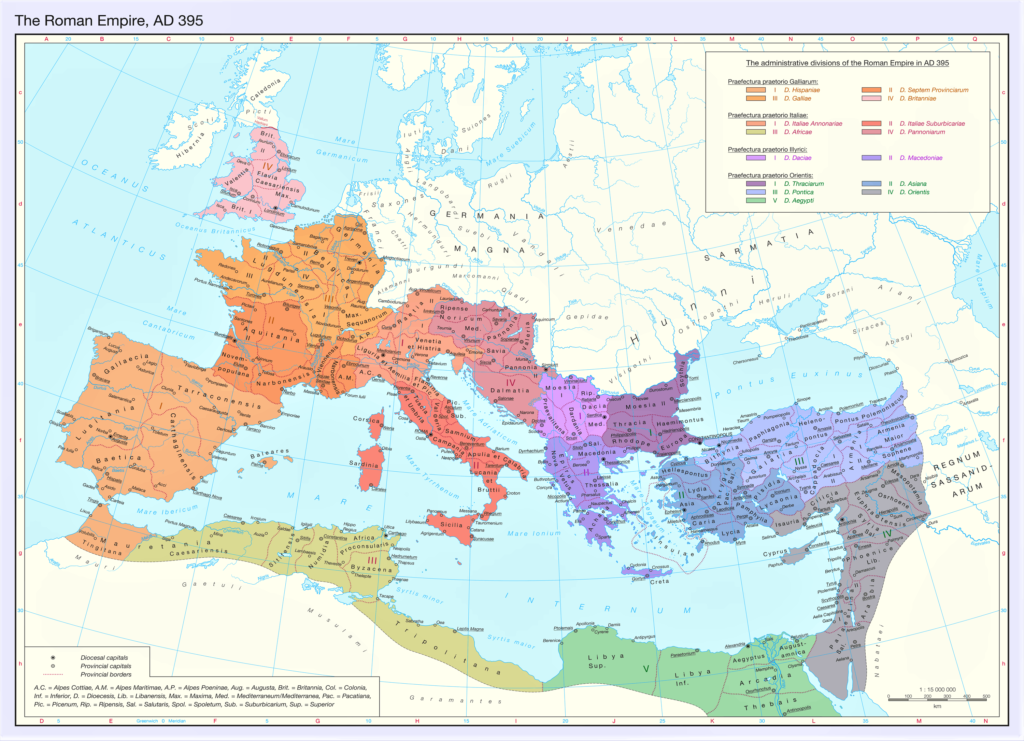
The Roman Empire 395 AD
Council after Council
What Nicaea did do was to establish a pattern of General Councils to settle theological disputes. Over the next three centuries three more councils debated how to express the conjunction of divinity and humanity in the incarnate Son/Word. In every case it led to division and the creation of separate churches.
In 431 the Council of Ephesus decreed that Mary should be known as ’Theotokos’ or Godbearer as opposed to the phrase of Nestorius, Metropolitan of Antioch who campaigned for ‘Christotokos’, Christ bearer. The Church of the East, whose missionaries got as far as China, has been in schism ever since.
In 451 the Council of Chalcedon insisted on the unity of the divine and human natures of Christ, but the Egyptian bishops insisted on their being one nature, ‘monophysite’. The Oriental Orthodox Churches have been in schism ever since, even though they recognised in 1995 that it was simply a linguistic misunderstanding.
In 589 72 Western bishops met at Toledo and agreed to add the phrase ‘and the Son’ to the statement in the Creed that the Holy Spirit proceeded from the Father. This was never accepted by the Eastern Orthodox churches and has been a major cause of the continuing split between the churches since 1054.
As Frances Young wrote in ‘The Making of the Creeds’, “the idea of ‘orthodoxy’ cannot but breed intolerance.’
2 From Nicaea to the Five Mile Act
Creating Christendom
Three Phases
Religions – all religions – go through a three stage process, often multiple times.
The first phase is of revelation or faith, when someone has a direct experience of the divine. This is always life-giving.
The second phase is when the revelation is talked about, written about, with people trained to explain it and buildings built to explain it in. This is inevitable because we are social beings. But it is a two-edged sword. It is meant to be a signpost, pointing people to the original revelation experience. But it can all too easily become a tent-pole, a badge of ego-identity. “This is me and I’ll hit anyone who disagrees with it.”
The third phase is when the religion attains power, either state power, or psychological power over a group. Then it can be very bad indeed.
Church and Power
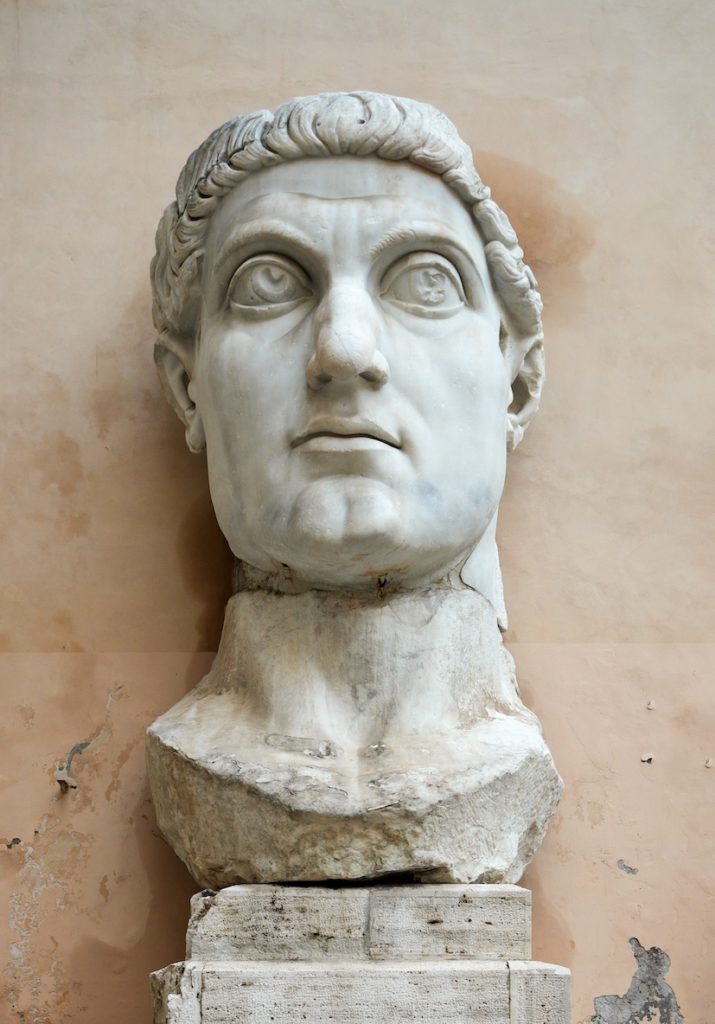
Nicaea is when the Church entered the third phase. The creed agreed at Nicaea ends a follows:
‘As for those who say, There was when he was not, and , Before being born He was not, and that he came out of existence out of nothing, or who asserts that the Son of God is of a different hypostasis or substance or created or is subject to alteration or change – these the catholic and Apostolic Church anathematizes.’
The state became the Church’s doctrinal policeman. After Nicaea, Constantine made an edict against the Arians: “I hereby make a public order, that if someone should be discovered to have hidden a writing composed by Arius, and not to have immediately brought it forward and destroyed it by fire, his penalty shall be death.” (From Athanasius De decretis Nicenae 39.34b)
There is a straight line from this to the mediaeval Inquisition and to the English Five Mile Act which forbade any non-conformist minister to live or preach within five miles of any borough.
Two comments
Why try to define the undefinable? In his poem ‘the Microbe’, Hilaire Belloc makes the point:
‘The Microbe is so very small
You cannot make him out at all,
But many sanguine people hope
To see him through a microscope.
His jointed tongue that lies beneath
A hundred curious rows of teeth;…. His eyebrows of a tender green,
All these have never yet been seen–
But Scientists, who ought to know,
Assure us that they must be so …
Oh! let us never, never doubt
What nobody is sure about!’
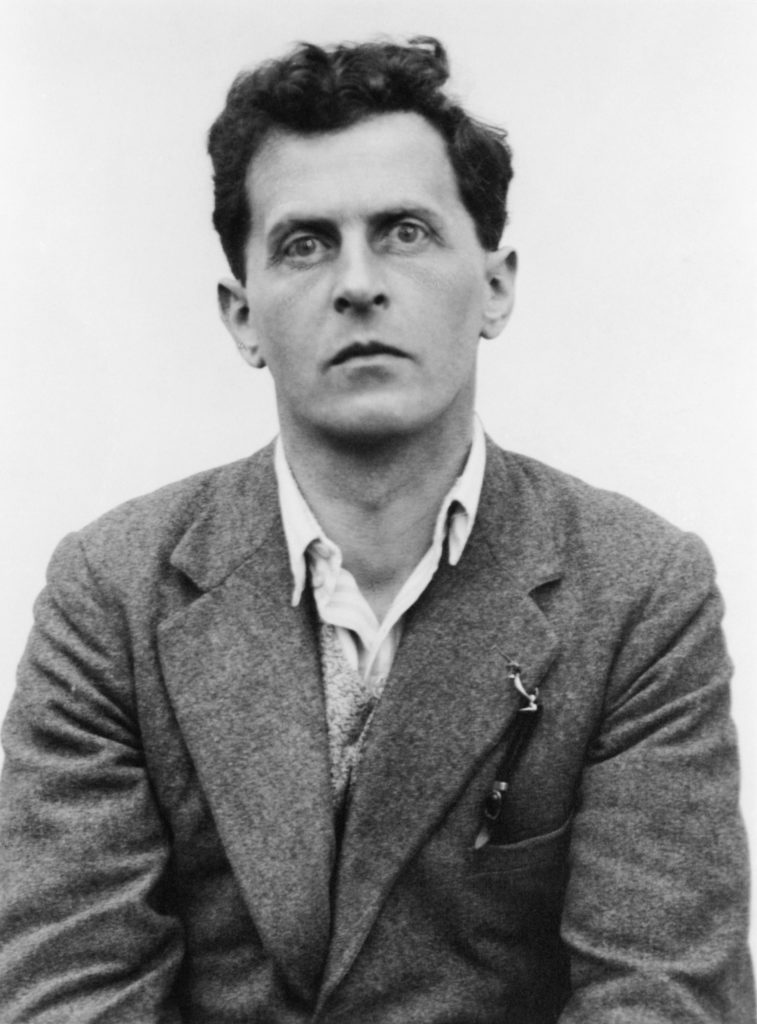
The last chapter of ‘Tractatus Logico-Philosophicus’ by Ludwig Wittgenstein (1921) consists of the following much misunderstood statement:
‘Whereof one cannot speak, thereof one must be silent’.
3 The Oecumenic Trinity and the Bible
Oecomenic or Essential
The Council of Nicaea set up a new approach to the ultimate mystery. Up until the uproar created by Arius, the Church maintained a biblical understanding of God as three-in-one, an understanding based on God’s activity within our human experience. Thereafter the question was about God’s essential nature in him/her/it-self. The first is called the ‘economic’ trinity; I prefer to use the Greek spelling of ‘oecumenic’ referring to the household or family of God, in contrast to the ‘essential’ Trinity – what God is in his essence.
The Witness of the Bible
The oecumenic trinity arose from the actual experience of the New Testament church. The Jesus community was largely Jewish – at the start wholly Jewish. As Jews, their fundamental belief was that ‘the Lord is God, the Lord is One’ (Numbers 6.4). For the Jewish followers of Jesus, they saw God’s work most obviously in the creation. Yet they also encountered a divine dimension in the works of Jesus/Yeshua, and supremely in his conquest of death in his resurrection. ‘(He) was declared to be Son of God with power according to the spirit of holiness by resurrection from the dead, Jesus Christ our Lord.’ (Romans 1.4)
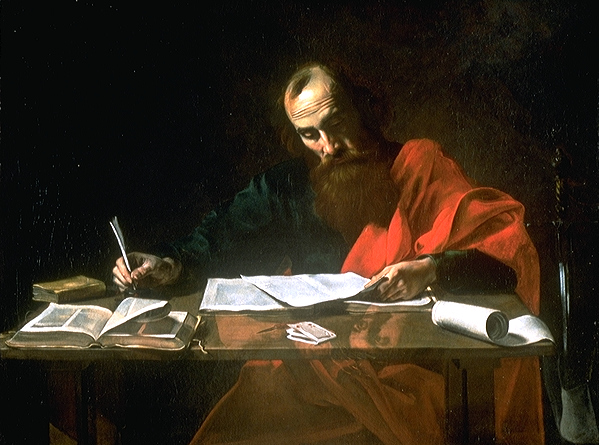
The clearest statement comes from Paul in a remarkable non-dogmatic passage in Romans 12.4. ‘Now there are varieties of gifts, but the same Spirit; and there are varieties of services, but the same Lord; and there are varieties of activities, but it is the same God who activates all of them in everyone.’ Here we have the Spirit who gives ‘charismata’, the Lord who ‘came not to be served but to serve’ (Mark 10.45) and the creator God who energises everything (cf Genesis 1).
This echoes in the great statement of our calling in Ephesians 4.6 to “one God and Father of all, who is above all and through all and in all.”
The Three/One Conundrum
How could the one God be both three and one? An early suggestion, probably by Sabellius, was that the one God manifested himself in three modes at three different times, first as Father in creation, than as Son in the work of redemption, then as the Spirit as the empowerment of the people of God, a kind of relay race in which the baton of divinity is handed on sequentially.
However, to talk of the Trinity as three persons in one God is misleading as it is based on a linguistic mistake. St Anselm, writing around the time of the Battle of Hastings, said, “When I say that the supreme Trinity can be spoken of as three substances I follow the Greeks, who confess three substances in one person but believe what we do when we confess three persons in one substance. For, with reference to God, the Greeks mean by substance what we mean by person.” (Monologion, Prologue)
There is initially a problem of language. During the the Second Vatican Council in Rome (1962-1965) Raimundo Panikkar listened to some African bishops who spoke about their embarrassment at not being able to find in their own languages suitable words to convey the meaning or nature and person. In reply, he “could only express his admiration for such languages”.
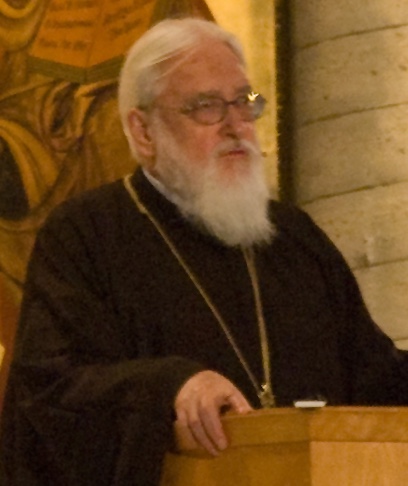
It is this that caused the great Swiss-German theologian Karl Barth to coin a new word ‘seinweise’ or ‘mode of being’. He proposed that the Trinitarian formula ‘one God in three persons’ be updated to ‘one God in three modes of being’. This fits perfectly with the economic trinity and so with the biblical witness. Even Metropolitan Kallistos Ware conceded that:
“While appreciating the inadequacy of neat classification, we may say that the Spirit is God within us, the Son is God with us, and the Father God above or beyond us.” (The Orthodox Way, chapter 2).
It makes sense
I have sometimes talked with members of 12 step groups such as Alcoholics Anonymous about step 2 in which we ‘came to believe that a Power greater than ourselves could restore us to sanity’. The concept of God is a difficulty for many. When I describe God as “the One beyond use and with us and in us” the typical response is “That makes sense.”
Trinity inPrayer and Worship
Michael Ramsey former Archbishop of Canterbury, was once asked if he could recommend a reference book of Christian heresies. “Oh yes, “ he replied, “It’s called Hymns Ancient and Modern”.
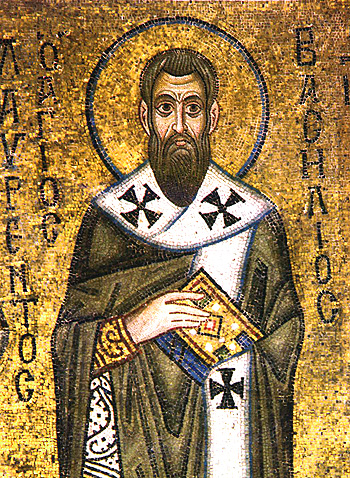
Before Nicaea the traditional doxology or ending to saying the Psalms was ‘Glory to the Father through the Son in the Holy Spirit.’ This had the advantage that God the Father remains the focus of prayer with the Son, the Lord Jesus, the one who guides our prayer and the Holy Spirit the One who inspires it. So our prayer becomes an active participation in the modes of God as they have been revealed.
Around 370 Basil of Caesarea, a great champion of Nicaea and the homo-ousios doctrine, had to defend his practice of concluding the psalms in the liturgy with the doxology similar to the present one: ‘Glory to the Father and the Son and the Holy Spirit.’ He acknowledged that the earlier doxology was not wrong, and that both forms were traditional and in accordance with church doctrine. However, for me the earlier form of words, expressing the oecumenic model of the Trinity, is a powerful invitation to prayer, whereas the current doxology is a rather flat assertion of doctrinal correctness.
We naturally turn to the oecomenic Trinity in worship and prayer. There are many hymns which use this as a pattern. Here is one, written by Rev Edward Cooper in 1805.
Father of heaven, whose love profound, A ransom for our souls hath found, Before thy throne we sinners bend; To us thy pardoning love extend!
Almighty Son, incarnate Word, Our Prophet, Priest, Redeemer, Lord, Before thy throne we sinners bend; To us thy saving grace extend!
Eternal Spirit, by whose breath The soul is raised from sin and death, Before thy throne we sinners bend; To us thy quickening power extend!
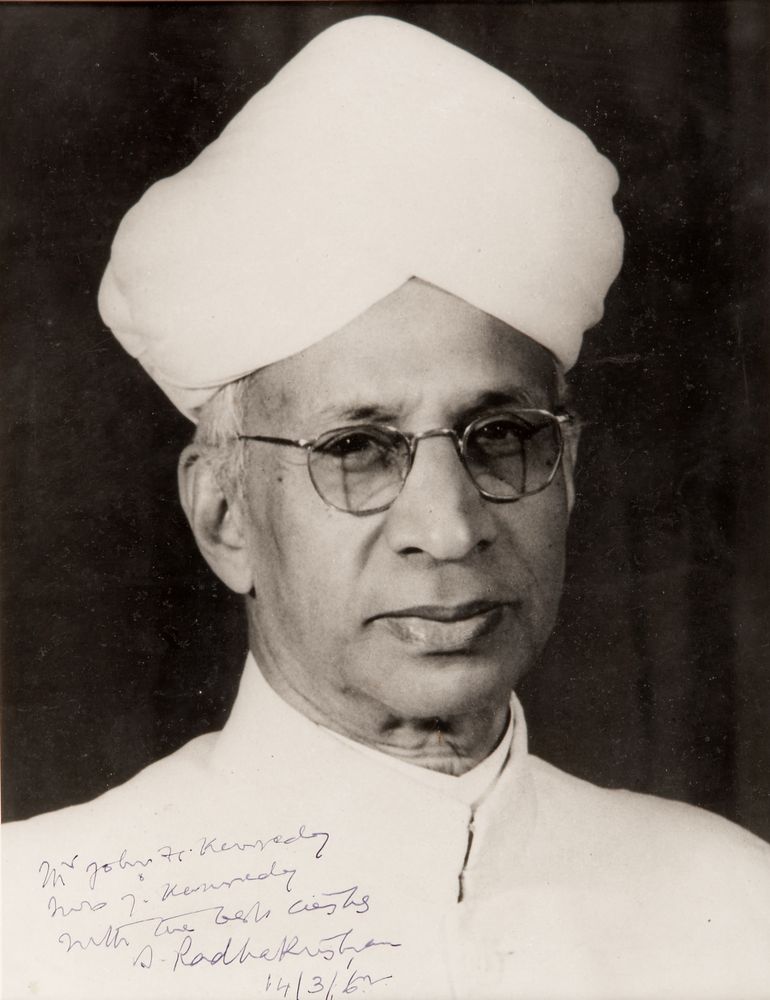
Jehovah! Father, Spirit, Son, Mysterious Godhead, Three in One! Before thy throne we sinners bend; Grace, pardon, life, to us extend
The Indian philosopher and statesman S Rhadakrishnan wrote in his commentary on the Bhagavad Gita, “The absolute character of theological doctrine is incompatible with the mystical character of religious truth.”
TO BE CONTINUED
Over the next three months I will be working on two other articles on Nicaea.
1 Why did Nicaea happen?
This is an exploration of why the Church of the Fathers was eager to engage in doctrinal polemics, and how that arose from their earlier history. There are three dimensions to this: truth and falsehood; hell and the demonic; persecution and power.
2 Nicaea seen from the East. Do the philosophical and spiritual attitudes of India and Hinduism throw a new light on the Church’s theological debates?
0 Comments